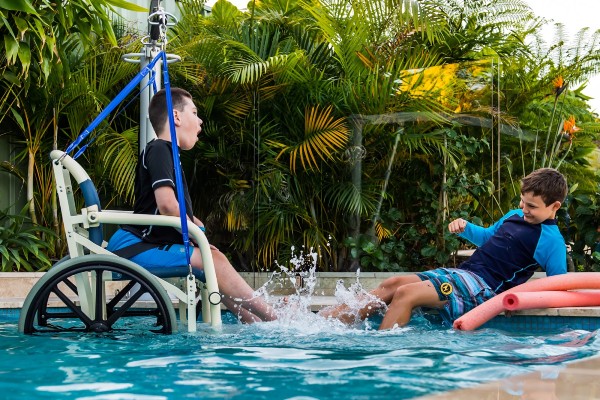Care providers face many daily challenges. A patient’s lifting appliance is often necessary where there is a need for lifting and transfer. For example, to transfer a patient from a chair to a bed, in a bath, or toilet. The choice of a system designed with caregivers and patients in mind is vital.
There are several lifting systems available at the Australia disability mobility equipment stores and various manufacturers available worldwide to design new lifting devices that lift and transfer patients with an easier experience.

The question is: How do you choose which product is good for you?
Lifting and transfer products are divided into 3 main types. The ceiling elevators (sometimes called general lifting devices), floor elevators (hoists), and wall elevators (hoists).
Aerial hoist
There are two types of aerial hoists, fixed ceiling track, and portable track. The ceiling rail lifting device consists of a rail section that is permanently attached to the ceiling. The track can be mounted on wooden beams if they are available or chemical fixed in concrete ceilings. If, for some reason that this ceiling can not be used, it may be possible to fix the track on the wall.
A fixed lifting ceiling is less constrained because no manual lifting is needed. A hoist uses no floor space, eliminating storage problems, and offers a large lifting height of the ground. It is a versatile option that allows you to lift, reposition, weigh or help the user on a toilet.
